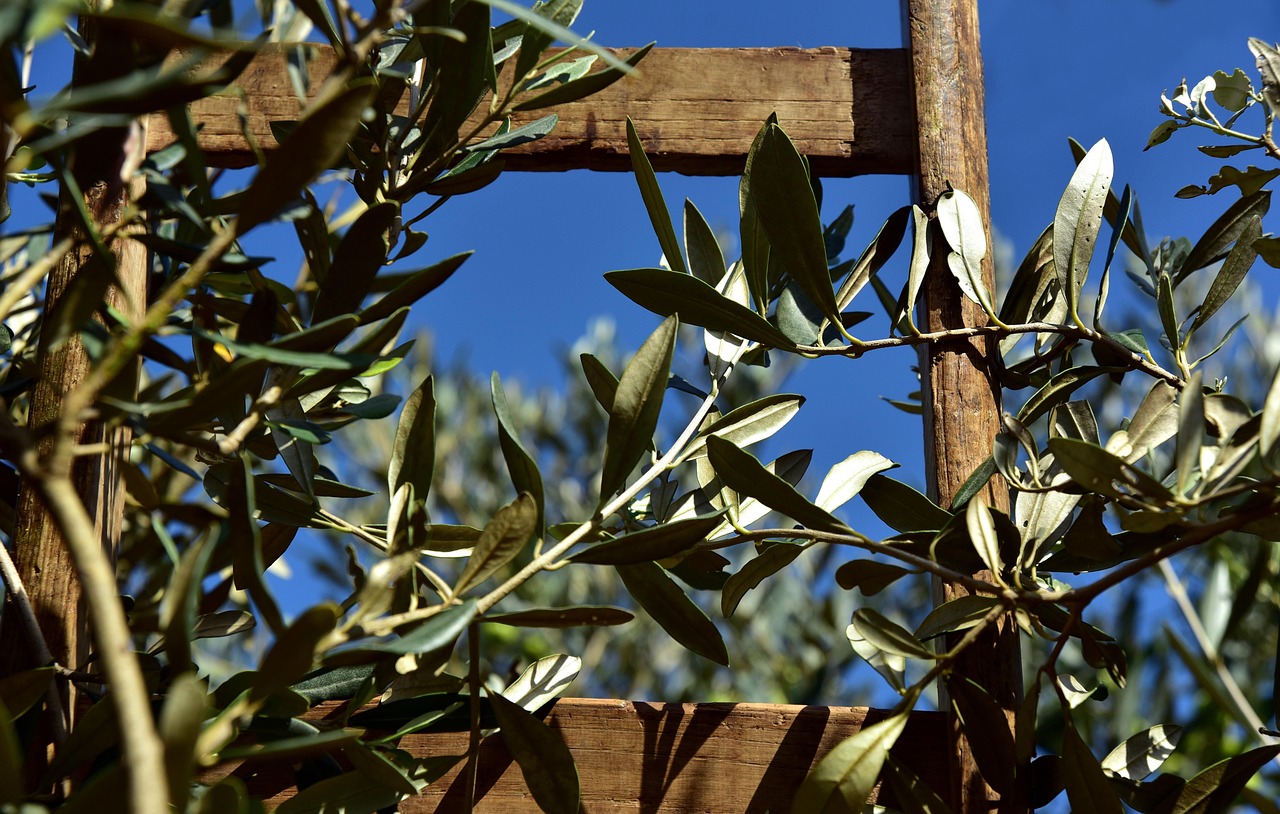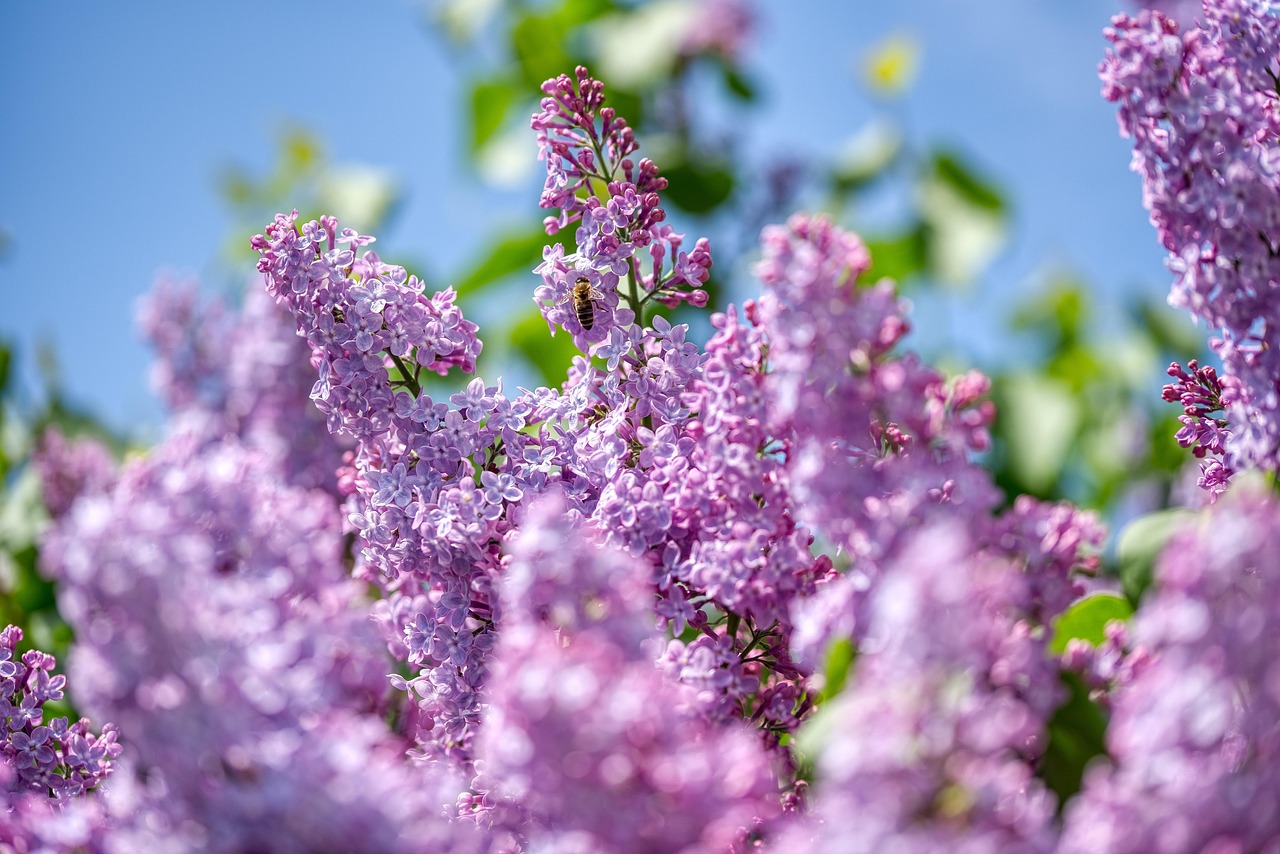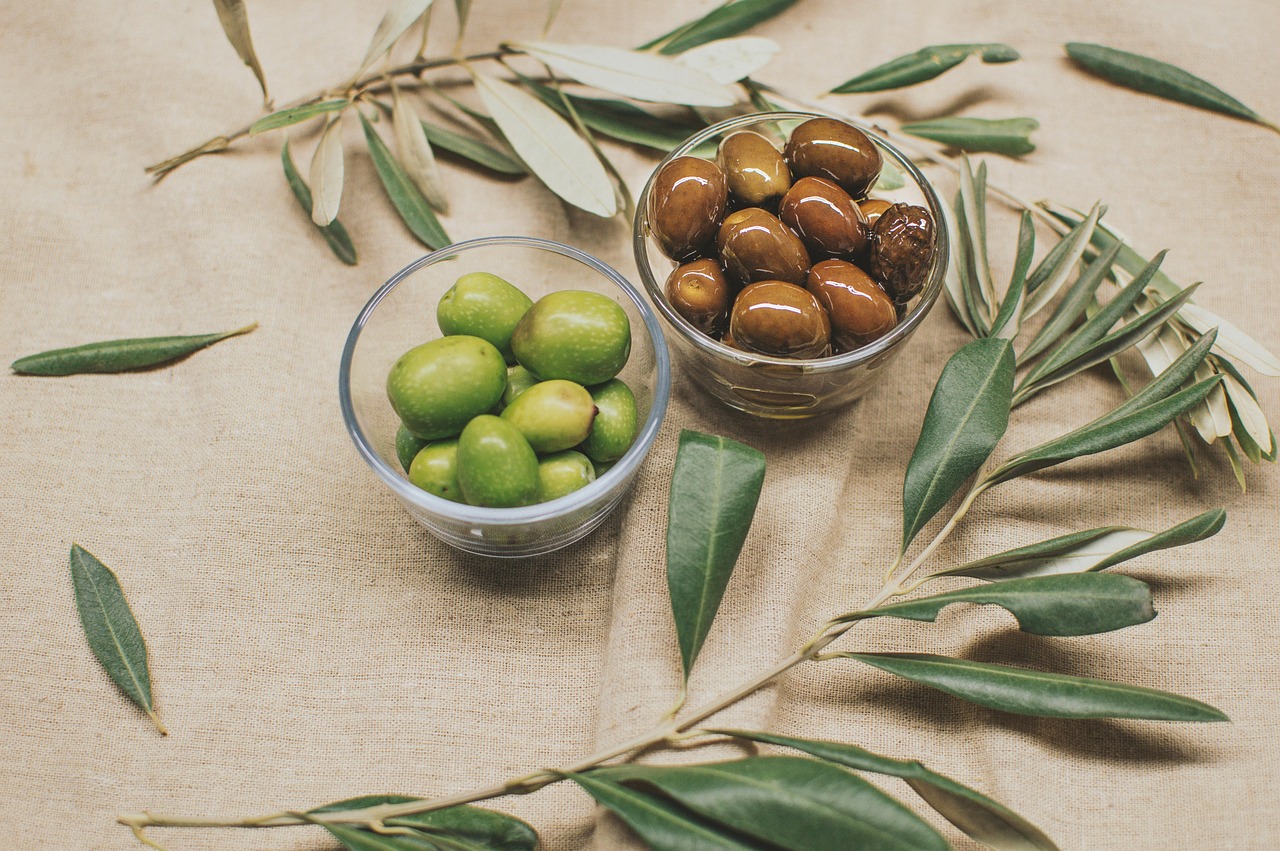Tea olive trees, known for their fragrant blooms, typically exhibit a moderate growth rate of 1 to 2 feet per year under optimal conditions. They thrive in well-drained soil and full sun to partial shade. Regular pruning can enhance their density, making them ideal for creating fragrant screens that provide both privacy and aesthetic appeal in landscapes.
Tea olive trees, known for their fragrant flowers, typically achieve a moderate growth rate of about 1 to 2 feet per year under optimal conditions. This makes them an attractive choice for creating fragrant screens in gardens and landscapes.
The tea olive tree, or Osmanthus fragrans, is celebrated not only for its delightful fragrance but also for its dense, evergreen foliage. This tree is native to Asia and is commonly used in Southern gardens in the United States. Due to its ability to thrive in a variety of conditions, it has gained popularity as a privacy screen or hedge. The growth rate of tea olive trees can be influenced by several factors, including soil quality, sunlight exposure, and watering practices.

Understanding the growth rate of tea olive trees is essential for gardeners looking to create fragrant natural barriers. These trees can grow anywhere from 10 to 30 feet tall, depending on the variety and growing conditions. Their growth rate can vary significantly based on environmental factors, and it is crucial to provide the right care for optimal development.
Factors Influencing Growth Rate
Several key factors influence the growth rate of tea olive trees. By understanding these factors, gardeners can ensure healthier and faster-growing trees.
- Soil Quality: Well-draining soil rich in organic matter encourages robust growth. Acidic to neutral pH levels are ideal for tea olive trees.
- Sunlight: Full sun to partial shade is optimal. Trees grown in full sun may exhibit faster growth rates.
- Watering: Consistent moisture is important, especially during dry spells. However, overwatering can lead to root rot.
- Fertilization: Applying a balanced fertilizer in the spring can promote healthy growth.
- Pruning: Regular pruning helps shape the tree and encourages bushier growth.
By addressing these factors, gardeners can significantly enhance the growth rate of tea olive trees, making them an effective choice for fragrant screens and hedges.

Growth Rate Expectations
The expected growth rate of tea olive trees can vary based on the specific cultivar and the growing conditions. Generally, young tea olive trees will exhibit a faster growth rate compared to older specimens. Here are some typical growth rates for different types of tea olive trees:
| Variety | Growth Rate (per year) | Height at Maturity |
|---|---|---|
| Osmanthus fragrans | 1 to 2 feet | 10 to 15 feet |
| Osmanthus heterophyllus | 1 to 3 feet | 15 to 20 feet |
| Osmanthus x fortunei | 1 to 2 feet | 10 to 30 feet |
The growth rates above indicate that, with proper care, tea olive trees can fill out quickly and provide an effective screen or hedge within a few years. The aroma of their small white flowers typically appears in late summer to fall, adding an additional layer of appeal as they mature and grow denser.
For gardeners interested in employing tea olive trees as fragrant screens, the timing of planting is also important. Ideally, these trees should be planted in the spring or fall when temperatures are milder. This allows them to establish roots without the stress of extreme heat or cold.

In summary, the tea olive tree offers a moderate growth rate that can be influenced by various environmental factors. Understanding how to optimize growing conditions will help gardeners maximize their growth potential, ensuring a lush and fragrant display in their landscapes.
Optimal Growing Conditions for Tea Olive Trees
To achieve the best growth rates for tea olive trees, it is essential to create optimal growing conditions. These conditions encompass various environmental factors, including soil composition, sunlight exposure, moisture levels, and temperature. By understanding these elements, gardeners can cultivate robust and fragrant tea olive trees.
Soil Composition
The foundation of healthy tea olive tree growth lies in the soil. The ideal soil for these trees should have good drainage and be rich in organic matter. Here are some key points regarding soil:

- Drainage: Tea olive trees prefer well-draining soil to prevent waterlogging, which can lead to root rot.
- Organic Matter: Incorporating compost or well-rotted manure into the soil can improve fertility and structure.
- pH Levels: These trees thrive in slightly acidic to neutral soil, with a pH range of 6.0 to 7.0.
Conducting a soil test can help gardeners understand their soil’s current composition and make necessary amendments to create the best environment for growth.
Sunlight Exposure
Sunlight plays a crucial role in the growth of tea olive trees. These trees generally prefer full sun to partial shade. Here are some considerations regarding sunlight:
- Full Sun: Tea olive trees exposed to full sun (at least 6 hours of direct sunlight daily) typically grow faster and produce more blooms.
- Partial Shade: While they can tolerate some shade, excessive shade may result in slower growth and fewer flowers.
When planting tea olive trees, choose locations that receive ample sunlight throughout the day. This will support their overall health and growth rate.
Watering Practices
Proper watering is essential for the growth of tea olive trees. While these trees are relatively drought-tolerant once established, they need consistent moisture during their early years. Consider the following watering practices:
- Regular Watering: Newly planted tea olive trees should be watered deeply once a week during dry periods. This encourages deep root growth.
- Avoid Overwatering: It is critical to avoid soggy soil, as this can lead to root rot. Allow the top inch of soil to dry out before watering again.
Using mulch around the base of the tree can help retain moisture and regulate soil temperature, further promoting healthy growth.
Fertilization Guidelines
Fertilization is another important aspect of promoting the growth rate of tea olive trees. Proper nutrient management can significantly enhance their development. Here are some fertilization tips:
- Balanced Fertilizer: In early spring, applying a balanced fertilizer with an N-P-K ratio of 10-10-10 or similar can provide essential nutrients.
- Follow Directions: Always adhere to the manufacturer’s instructions regarding application rates and methods to avoid over-fertilization.
- Organic Options: Organic fertilizers, such as fish emulsion or bone meal, can also be beneficial without the risk of chemical buildup in the soil.
Regularly monitoring the tree’s health can help determine if additional fertilization is needed throughout the growing season.
Pest and Disease Management
Pest and disease issues can hinder the growth rate of tea olive trees if not addressed promptly. Being aware of common pests and diseases will help gardeners maintain healthy trees.
Common Pests
- Aphids: These small insects can suck sap from leaves, causing yellowing and stunted growth.
- Scale Insects: Scale can attach to branches and leaves, leading to decline in tree health.
- Spider Mites: These tiny pests thrive in dry conditions. They can cause leaf discoloration and webbing on plants.
Common Diseases
- Root Rot: Caused by overwatering or poor drainage. Symptoms include wilting and yellowing leaves.
- Leaf Spot: Fungal disease that leads to dark spots on leaves. Adequate air circulation can help prevent this issue.
Regular inspections of tea olive trees for signs of pests or diseases will allow for early intervention, ensuring continued growth and health.
Caring for tea olive trees involves understanding their specific needs regarding soil, sunlight, water, nutrients, and pest management. With proper attention to these factors, gardeners can enjoy a thriving landscape filled with fragrant blooms.
Propagation Methods for Tea Olive Trees
To cultivate tea olive trees effectively, understanding propagation methods is essential. There are several ways to propagate these trees, each with its advantages and challenges. The two most common methods are through seeds and cuttings. Below are detailed descriptions of both methods.
Seed Propagation
Propagating tea olive trees from seeds can be a rewarding but time-consuming process. Here are the steps involved:
- Seed Collection: Collect ripe seeds from the fruit of mature tea olive trees in late fall. The seeds should be cleaned and dried before storage.
- Stratification: Since tea olive seeds require a cold stratification period to germinate, place them in a moist medium and refrigerate for 30 to 60 days.
- Sowing: After stratification, sow the seeds in a seed-starting mix or well-draining soil. Plant them about ½ inch deep.
- Watering: Keep the soil consistently moist but not soggy. Germination typically occurs within 4 to 8 weeks.
- Transplanting: Once seedlings have developed several true leaves, they can be transplanted into larger pots or directly into the garden.
While seed propagation can be successful, it may take several years for the trees to reach maturity and produce flowers.
Cutting Propagation
Taking cuttings is often a faster method for propagating tea olive trees. Here’s how to do it:
- Selecting Cuttings: In late spring or early summer, select healthy, semi-hardwood cuttings about 4 to 6 inches long. Ensure the cuttings have several nodes.
- Preparing Cuttings: Remove the lower leaves from each cutting, leaving only a few at the top. This reduces moisture loss.
- Dipping in Hormone: Dip the cut end of the cutting in rooting hormone to encourage root development.
- Planting Cuttings: Insert cuttings into a pot filled with a well-draining potting mix. Water lightly and cover with a plastic bag or dome to maintain humidity.
- Caring for Cuttings: Place in a warm area with indirect sunlight. Check regularly for moisture and remove the cover once roots develop, usually within 4 to 6 weeks.
- Transplanting: Once the cuttings have rooted well, they can be transplanted into larger containers or the garden.
This method tends to yield faster results, allowing gardeners to enjoy the fragrance of tea olive trees sooner than with seed propagation.
Ideal Planting Locations
Choosing the right location for planting tea olive trees is crucial for their growth and overall health. Here are some factors to consider when selecting the ideal site:
Sunlight Requirements
As previously mentioned, tea olive trees thrive in full sun to partial shade. The following considerations should guide planting location decisions:
- Avoid Dense Shade: Areas shaded by large structures or other trees can impede growth and flowering.
- Sun Exposure: Aim for spots that receive at least 6 hours of direct sunlight daily for optimal health.
Soil Type and Drainage
The soil type and drainage capabilities are essential for thriving tea olive trees. Here are important points to keep in mind:
- Well-Drained Soil: Choose locations with sandy loam or clay loam soils that provide good drainage.
- Avoid Low Spots: Low-lying areas that retain water should be avoided to prevent root rot.
Wind Protection
Tea olive trees can be susceptible to wind damage, especially when young. To protect them:
- Natural Windbreaks: Plant near existing structures or other plants that can shield them from harsh winds.
- Avoid Exposed Locations: Sites with high exposure to prevailing winds should be avoided during planting.
Cultural Practices for Enhanced Growth
Implementing specific cultural practices can further enhance the growth rate and health of tea olive trees. Here are some techniques to consider:
- Mulching: Applying organic mulch around the base helps retain moisture and suppress weeds while also improving soil quality as it decomposes.
- Regular Pruning: Pruning not only shapes the tree but also encourages new growth and better air circulation within the canopy.
- Seasonal Monitoring: Regularly check for pests and diseases throughout the growing season to address any issues promptly.
By following these propagation methods, planting guidelines, and cultural practices, gardeners can create thriving environments for tea olive trees, leading to healthier growth and a fragrant display in their landscapes.
Additional Considerations for Growing Tea Olive Trees
In addition to the previously discussed propagation methods and cultural practices, there are other important factors to consider when growing tea olive trees. These considerations can enhance their growth rate and overall health, ensuring a thriving landscape feature.
Climate Adaptability
Tea olive trees are known for their adaptability to various climates, but they perform best in USDA hardiness zones 8 to 10. Here are some points regarding climate considerations:
- Heat Tolerance: These trees can withstand high temperatures, making them suitable for warmer regions. However, young trees need protection from extreme heat.
- Cold Sensitivity: In areas with frost, it is advisable to provide winter protection, especially for young or newly planted trees.
- Humidity Requirements: Tea olive trees thrive in humid environments. Dry conditions may require more frequent watering to maintain health.
Companion Planting
Companion planting can also play a role in maximizing the health of tea olive trees. Selecting appropriate companion plants can help deter pests and provide mutual benefits:
- Mixing with Flowering Plants: Planting flowering species nearby can attract beneficial insects that prey on pests.
- Using Ground Covers: Low-growing ground covers can help retain soil moisture and suppress weeds around the base of the tea olive trees.
- Avoiding Competitive Species: Be mindful of planting near aggressive species that may compete for nutrients and water.
Landscape Design Considerations
When incorporating tea olive trees into a landscape design, consider their mature size and growth habits:
- Spacing: Provide ample space between trees if planting multiple specimens to allow for proper air circulation and growth.
- Layering: Use tea olive trees as a backdrop or privacy screen by layering them behind shorter shrubs or perennials for visual interest.
- Aesthetic Appeal: Their fragrant flowers and glossy leaves add beauty to any garden, making them an excellent choice for ornamental planting.
Final Thoughts
The tea olive tree is a remarkable addition to any garden or landscape due to its fragrant blooms and evergreen foliage. Understanding the growth rate and optimal conditions for these trees is essential for successful cultivation. Gardeners should focus on factors such as proper soil, sunlight exposure, watering, fertilization, and pest management to ensure the health and vitality of their tea olive trees.
Propagation methods, including seed and cutting techniques, provide ways for gardeners to expand their collection of tea olives. Additionally, implementing good cultural practices such as mulching and regular monitoring will support healthy growth. Taking into account climate adaptability, companion planting, and landscape design considerations will further enhance the success of these beautiful trees in any setting.
By following these guidelines, gardeners can enjoy the many benefits of tea olive trees, creating fragrant screens that not only provide privacy but also enrich their outdoor spaces with beauty and aroma. With patience and care, these trees can thrive, offering years of enjoyment.
